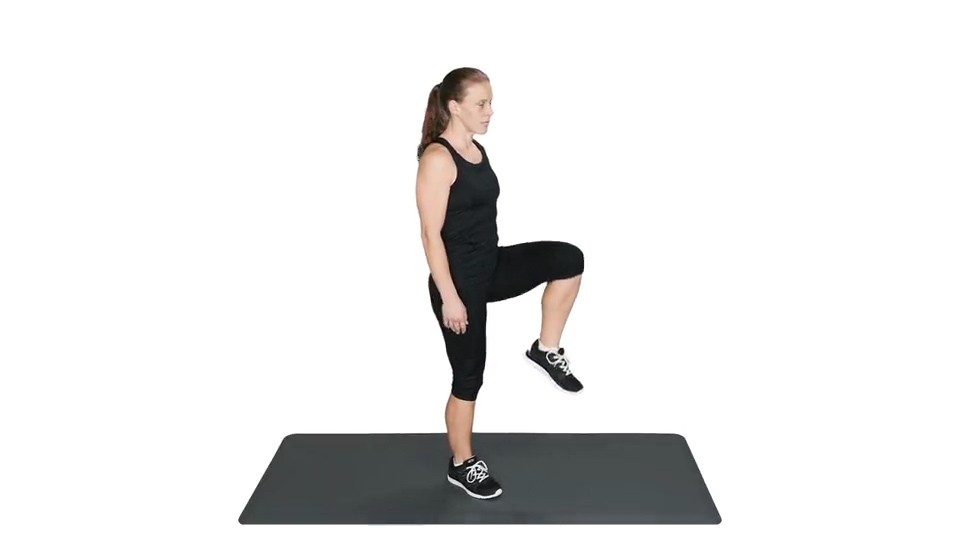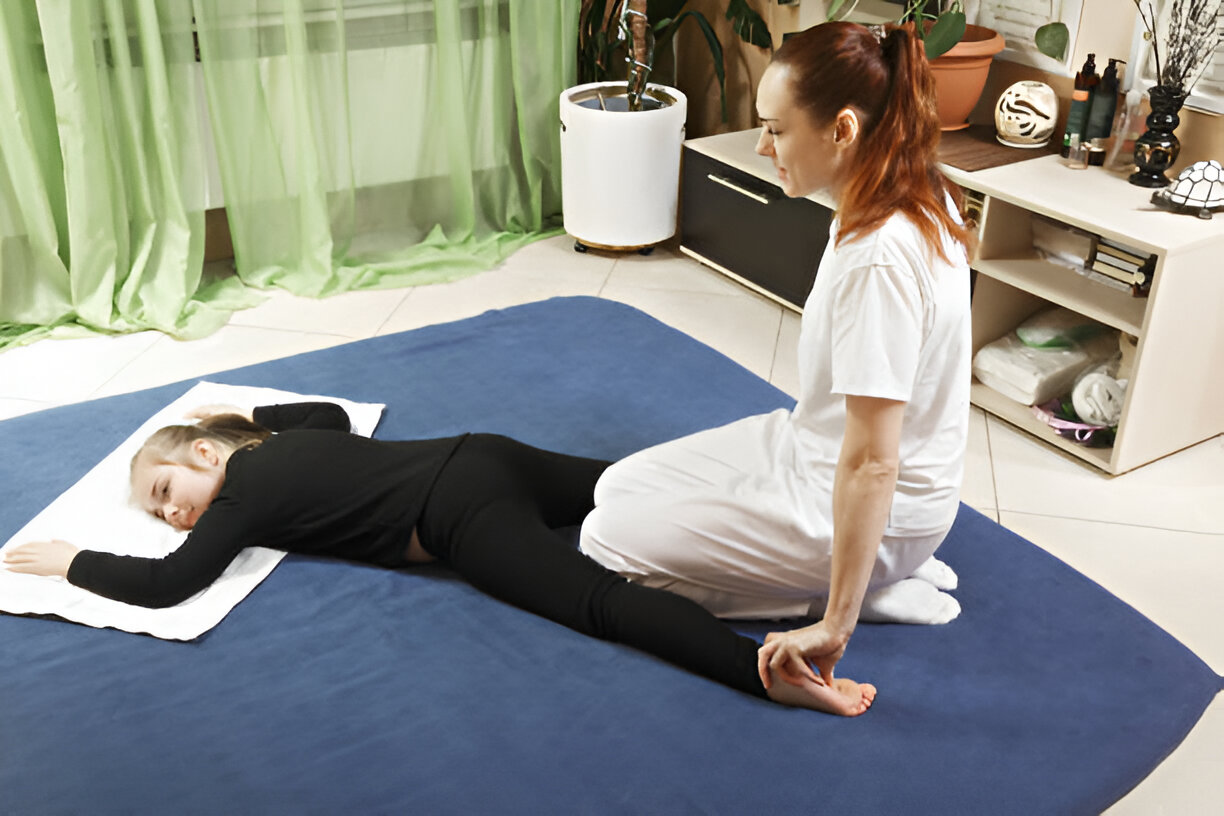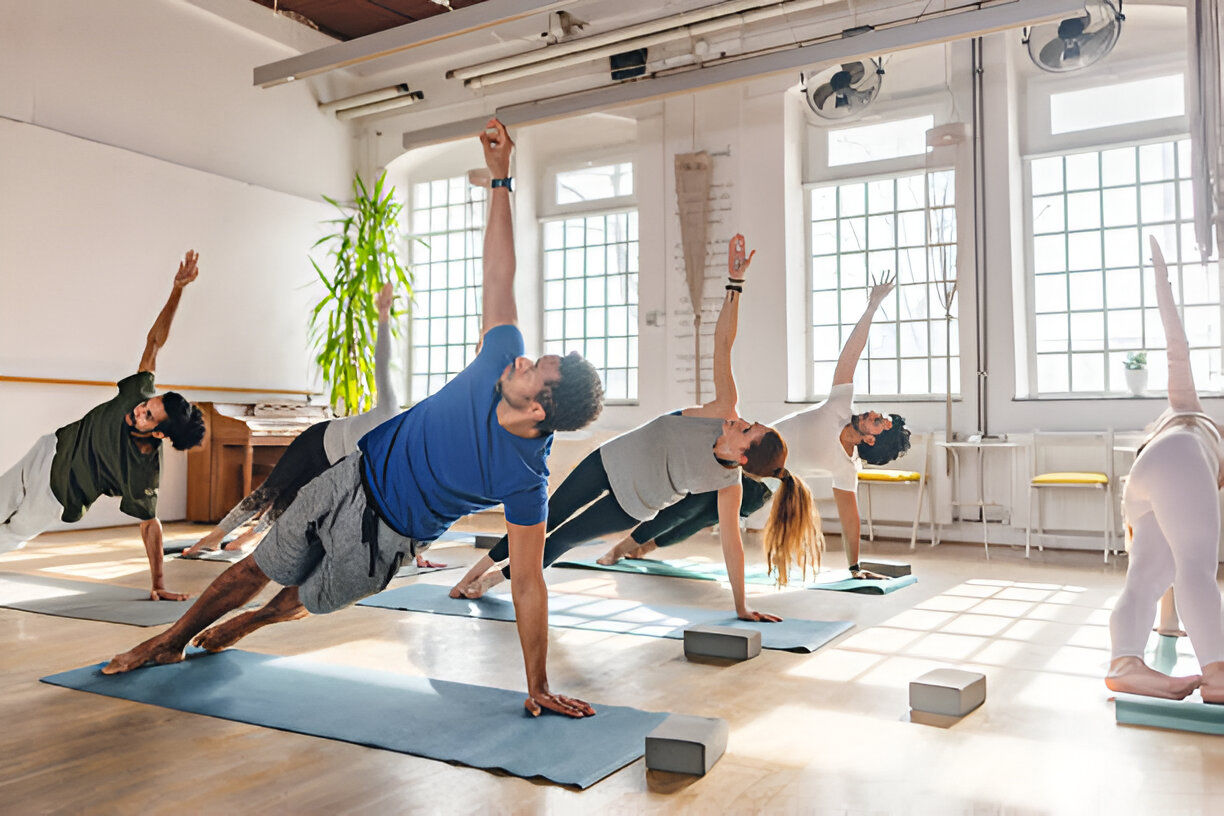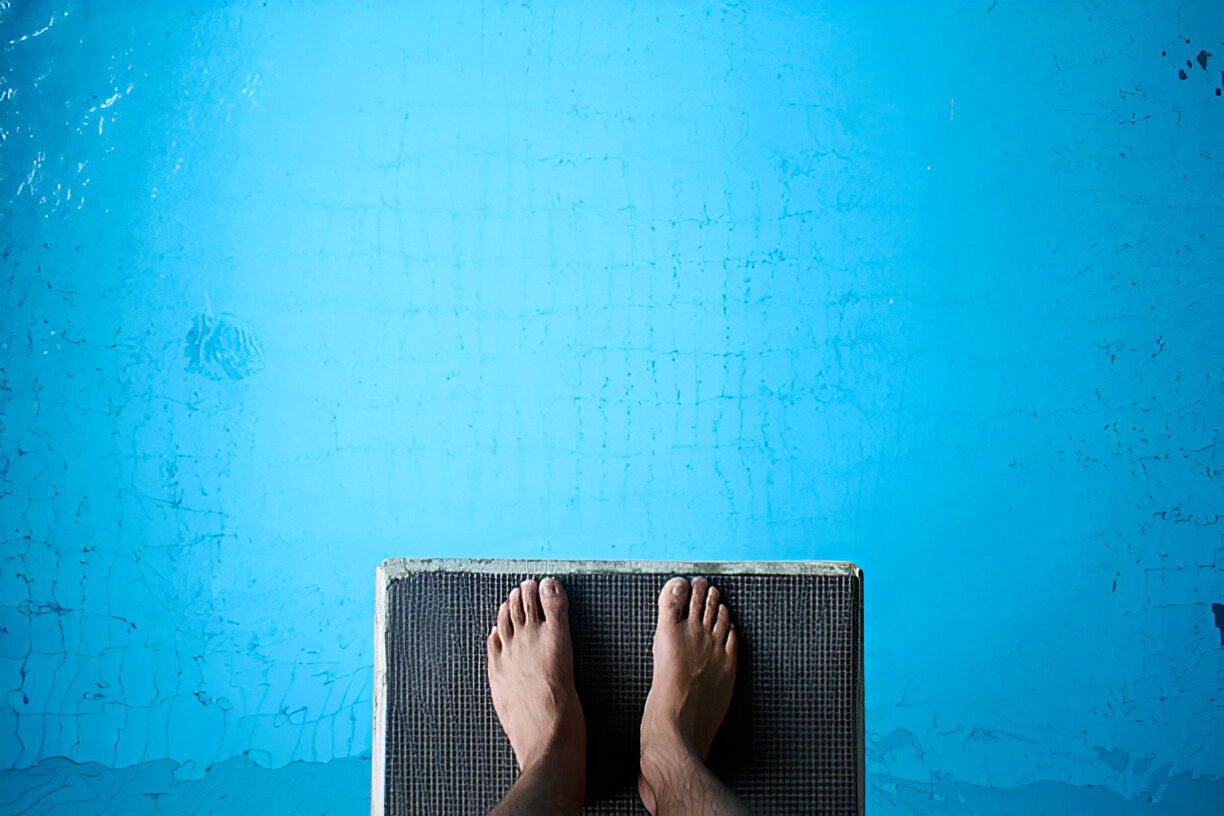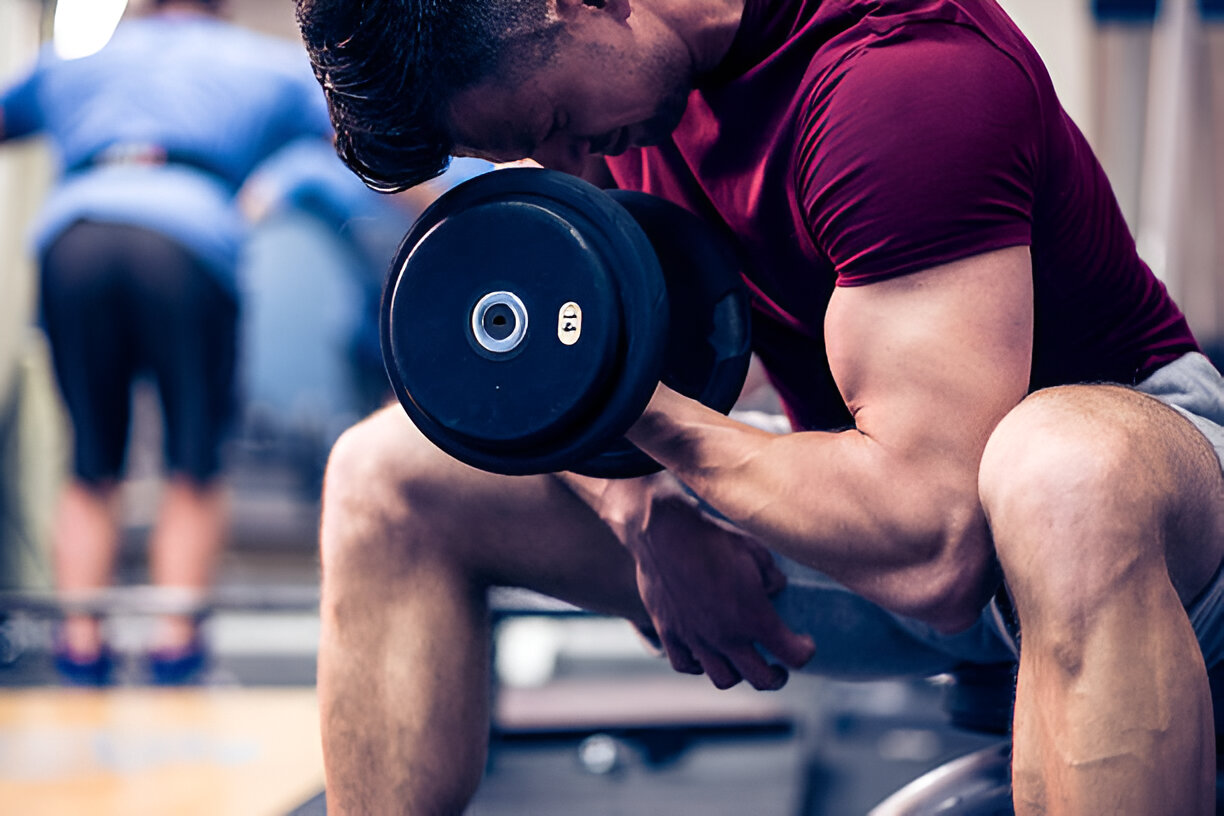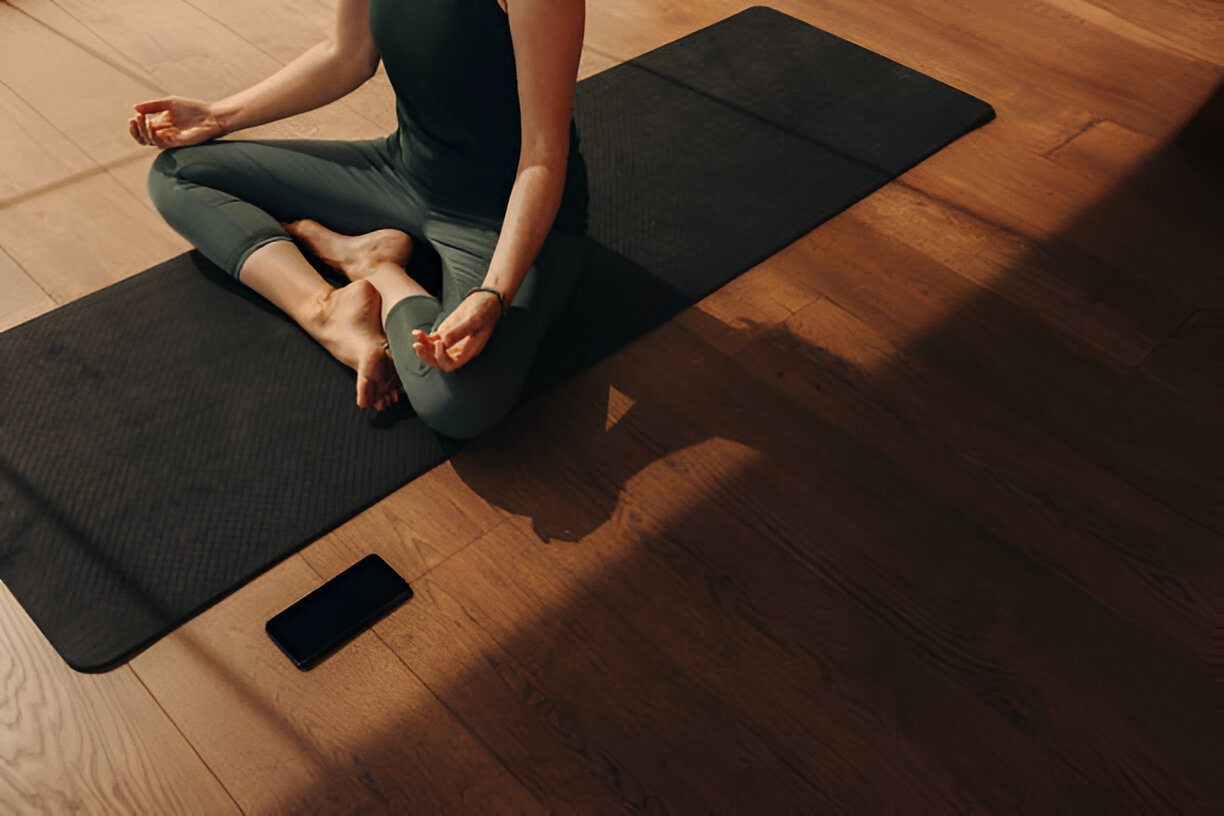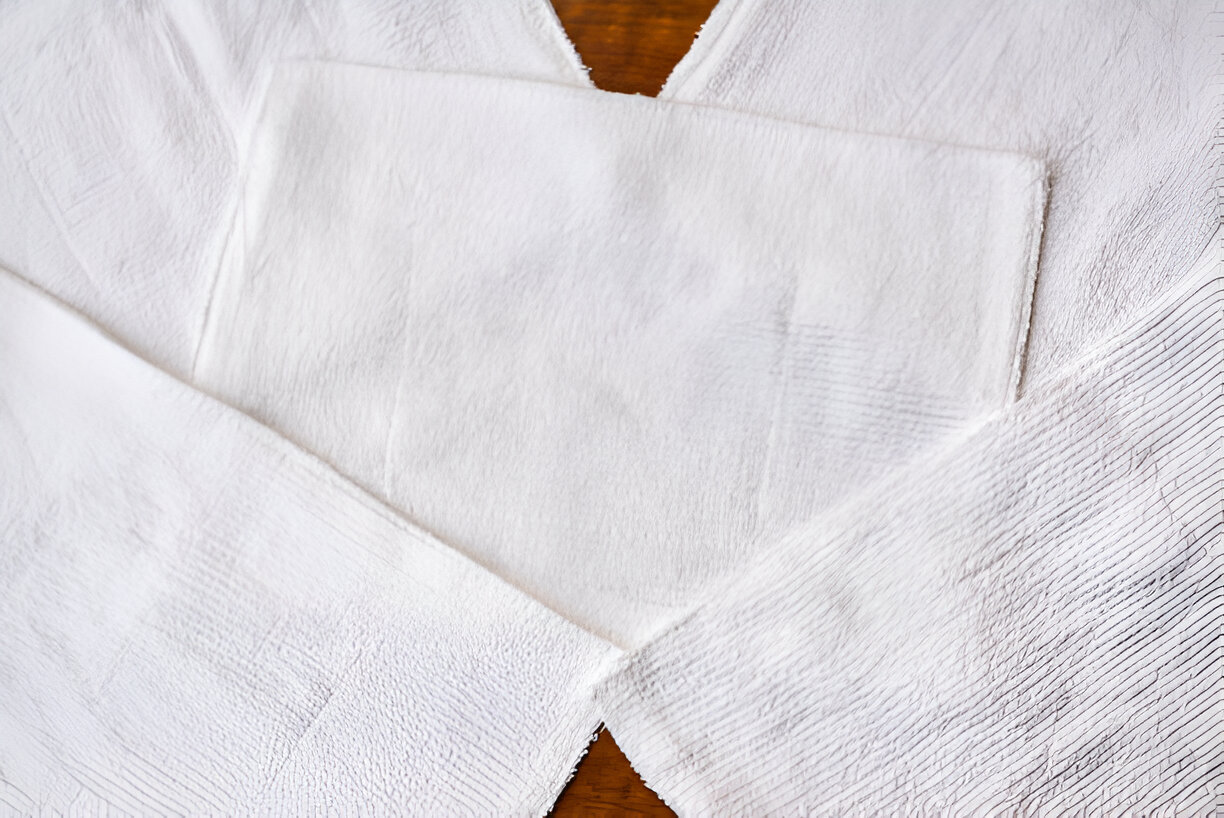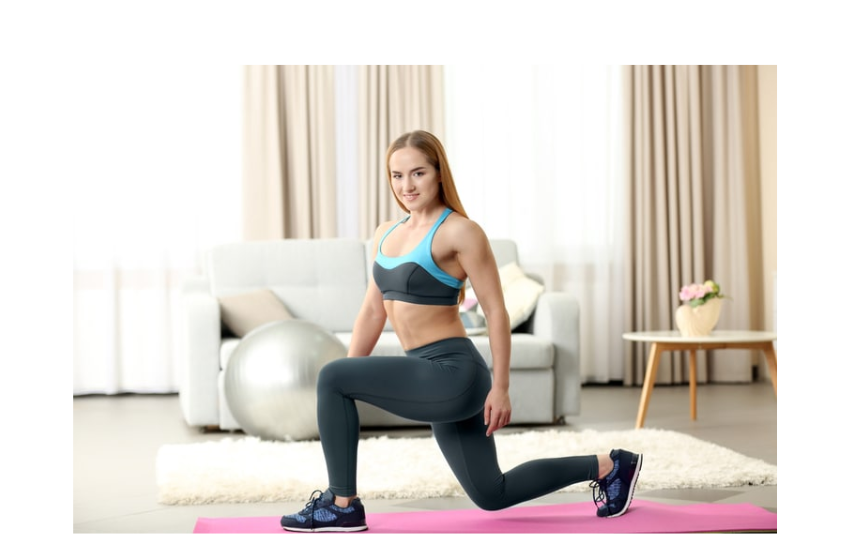
The convenience and accessibility of home workouts have helped them to become more popular. One of the main advantages is they do away with the necessity for pricey equipment or a gym membership. Home workouts are a great choice for people with hectic schedules whether their goal is to increase endurance, develop strength, or just keep active. These routines help you to stick to a regular exercise schedule since they let you work in the comfort of your own and at your speed. Especially for novices, bodyweight exercises—which call for no equipment—can be just as beneficial as weight or machine use.
This article offers a simple and efficient 10-minute exercise program meant to work the whole body. Because bodyweight exercises are the main emphasis of this program, everyone with different degrees of fitness can find it easily. In one brief session, you will concentrate on strength, cardiovascular fitness, and flexibility. This full-body program will keep you healthy and invigorated regardless of your level of experience or search for a quick workout. Every exercise is meant to be straightforward but powerful; changes are offered to help people just beginning their fitness path find the workout more reasonable.
Warm-Up (2 Minutes)
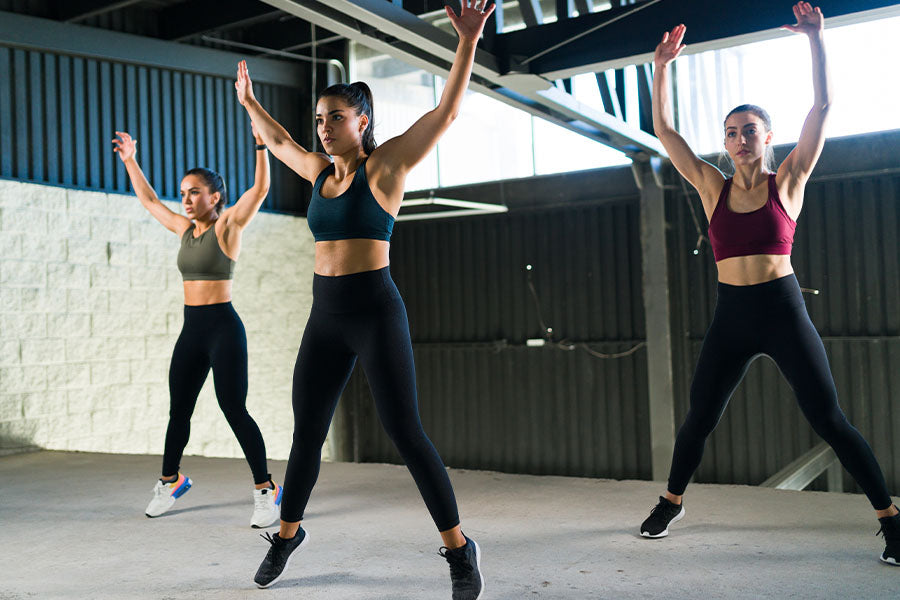
- Jumping Jacks: This classic exercise is an excellent way to get your heart rate up quickly. Start with your feet together and your arms at your sides. As you jump, spread your legs while raising your arms overhead. Return to the starting position and repeat. Jumping Jacks engage your whole body, helping to warm up both the upper and lower body.

- Marching in Place: For a lower-impact option, you can march in place. Focus on lifting your knees high towards your chest while swinging your arms in rhythm. This is a great option if you have joint concerns or prefer a gentler start to your workout.
Both Jumping Jacks and Marching in Place provide an effective warm-up by gradually increasing your heart rate and blood circulation to the muscles. This releases muscular tension and gets your body ready for more demanding motions. A good warm-up will also increase your range of motion and flexibility, thereby enabling you to execute activities with greater form and efficiency. In the end, this improves your whole workout performance and lowers the danger of damage.
Push-ups (1 Minute)
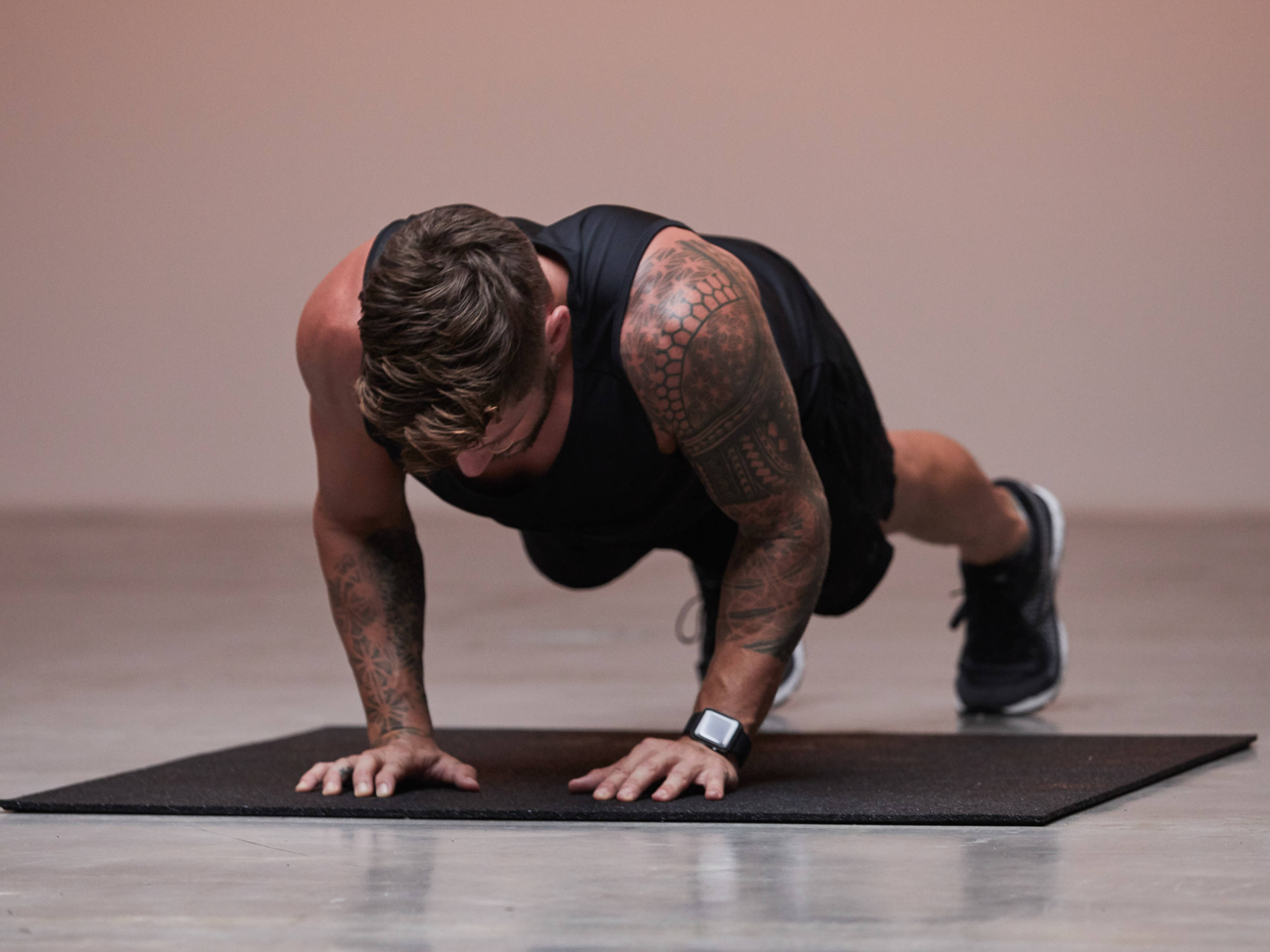
For beginners or those who find regular push-ups too challenging, inclined push-ups are an excellent modification. By elevating your hands on a sturdy chair, table, or bench, you reduce the amount of body weight you're pushing up, making the movement easier to perform while still engaging the chest, shoulders, and triceps.
To perform inclined push-ups:
- Place your hands on the edge of a stable surface, such as a chair or table, ensuring your body is at a slight incline.
- Keep your feet on the ground and maintain a straight line from your head to your heels.
- Lower your chest toward the surface, keeping your elbows at a 45-degree angle.
- Push back up to the starting position, keeping your core engaged.
Squats (1 Minute)
:max_bytes(150000):strip_icc()/8-PulsingChairSquats-56fc3fdf5f9b586195ab053b.jpg)
For beginners, using a chair is an excellent way to ensure proper squat form and build confidence in the movement. The chair acts as a guide to help you maintain the right depth and position during the squat, especially if you're new to the exercise.
To perform squats with a chair:
- Stand in front of the chair with your feet shoulder-width apart and toes slightly turned out.
- Begin by pushing your hips back as if you were about to sit down on the chair.
- Lower your body until your thighs are parallel to the floor (or as deep as you can comfortably go).
- Lightly touch the chair with your glutes (without fully sitting down) to ensure you don’t squat too low or lose balance.
- Push through your heels to stand back up, fully extending your legs.
Tricep Dips (1 Minute)

To perform tricep dips, you'll need a sturdy chair or bench that can support your body weight. It’s essential to ensure the chair is stable before starting to avoid any accidents or loss of balance during the exercise. Here’s how to do tricep dips using a chair:
- Start Position: Sit on the edge of a sturdy chair with your hands placed next to your hips, fingers pointing forward. Keep your legs extended in front of you and your feet flat on the ground.
- Hand Placement: Press your palms down onto the chair for stability, with your fingers pointing forward or slightly outward.
- Lower Your Body: Slowly bend your elbows and lower your body toward the floor, keeping your elbows tucked close to your sides. Go as deep as your range of motion allows (typically, your upper arms should be parallel to the ground).
- Push Back Up: Press through your palms to extend your arms and lift your body back to the starting position. Keep your core engaged to maintain balance and avoid swinging or using momentum.
High Knees (1 Minute)
:extract_cover():upscale()/2019/02/26/720/n/1922729/b252c6e7caf5c7e3_1.jpg)
For those who are looking for a lower-impact version of high knees—whether due to joint concerns, injury, or if you are just starting—marching in place is an excellent alternative. Marching mimics the high knee movement but without the running or jumping action, making it gentler on the joints while still providing cardiovascular benefits.
To perform marching in place:
- Lift your knees towards your chest one at a time, as if you were marching.
- Keep your arms moving in a natural swinging motion to help with coordination and balance.
- Focus on lifting your knees as high as you comfortably can, aiming for waist height to keep the intensity moderate.
Plank (1 Minute)
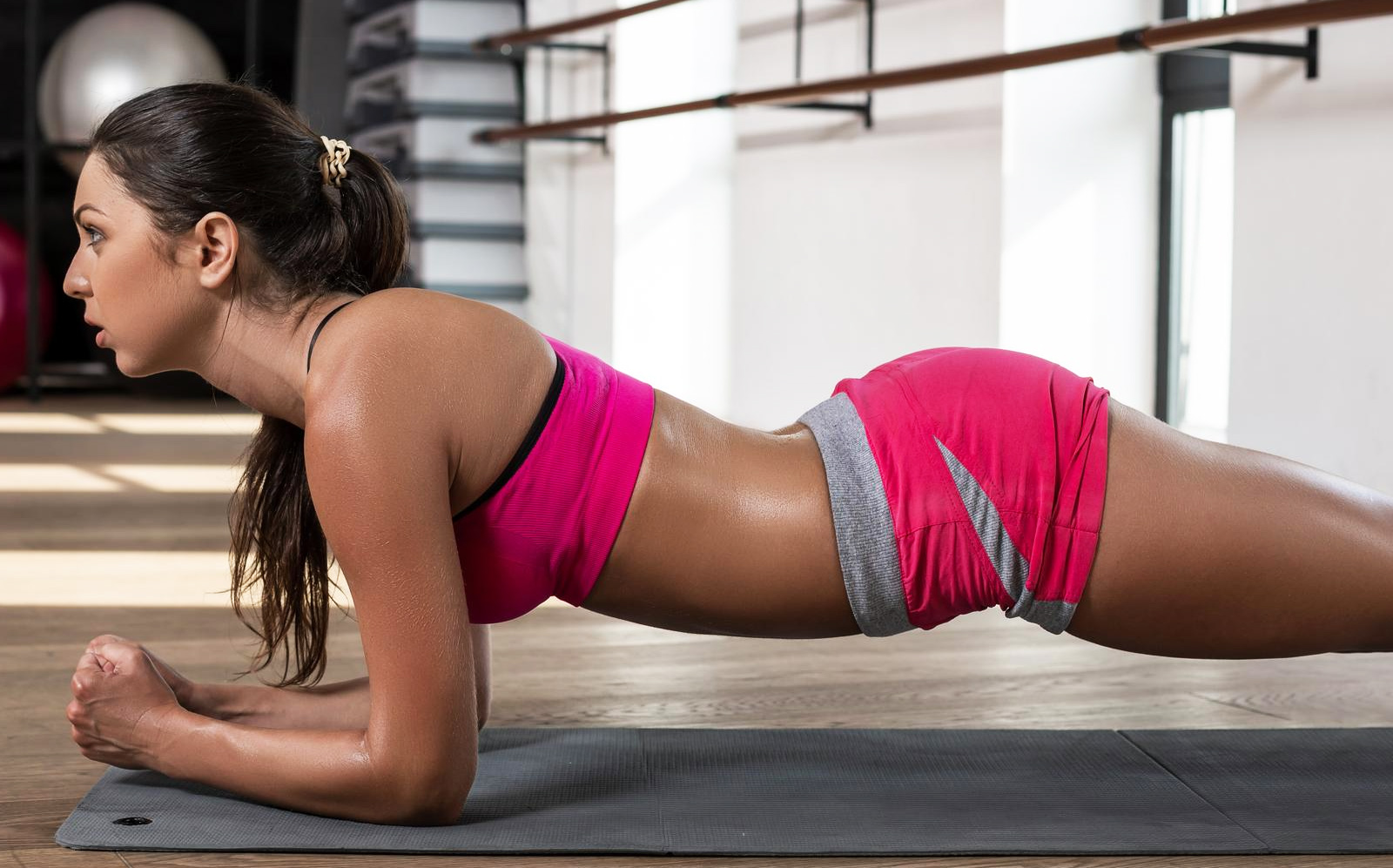
The plank is an excellent exercise, but it can be difficult for beginners or those with limited core strength. If you find holding the standard plank too challenging, you can modify the exercise by dropping to your knees. This modification reduces the load on your core and makes it easier to maintain proper form.
To perform a modified plank:
- Start in the standard plank position, but instead of keeping your feet on the floor, drop your knees to the ground.
- Keep your body from your head to your knees in a straight line.
- Continue engaging your core and follow the same form tips for alignment and breathing.
Lunges (1 Minute)
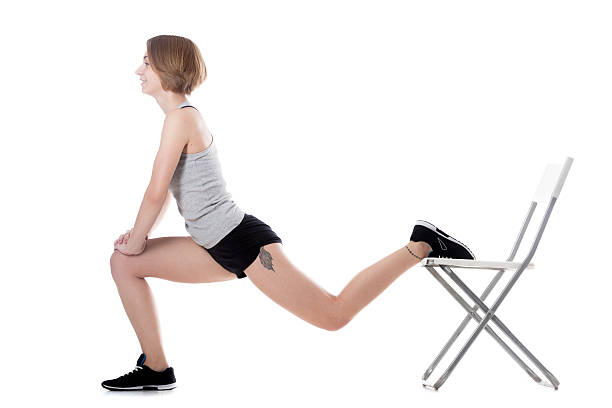
For those new to lunges or who may struggle with balance, using a chair or wall can provide additional support and stability. Holding onto a sturdy object allows you to focus on form without worrying about losing balance.
To perform lunges with balance assistance:
- Chair or Wall Support: Stand next to a chair or close to a wall. Place one hand on the back of the chair or against the wall to help stabilize yourself during the movement.
- Controlled Movement: Keep your posture tall and your chest lifted. As you step forward into a lunge, use the chair or wall only for light support—try to rely on your legs to perform the movement rather than holding onto the support tightly.
Mountain Climbers (1 Minute)
:max_bytes(150000):strip_icc()/3-MountainClimb-56fafe605f9b5829867945c0.jpg)
To maximize the effectiveness of mountain climbers, it’s essential to use the proper form. Here’s how to perform the exercise:
- Start in a Plank Position: Begin by placing your hands on the floor, directly beneath your shoulders. Keep your body in a straight line from your head to your heels, engaging your core and maintaining a neutral spine.
- Bring One Knee Toward Your Chest: Start by driving one knee toward your chest, keeping your core tight to prevent your lower back from sagging. Your foot should hover just above the floor as you bring the knee forward.
- Alternate Legs Quickly: After you return one foot to the starting position, immediately switch by driving the opposite knee toward your chest. The motion should be fluid and fast, mimicking the action of climbing a mountain.
- Maintain a Steady Pace: As you alternate legs, try to keep your movements controlled, but maintain a quick pace. Focus on engaging the core and keeping your shoulders stable, avoiding any bouncing or jerking movements.
- Breath Control: Keep your breathing steady and controlled, exhaling as you bring each knee toward your chest. Deep breaths will help maintain energy and prevent early fatigue.
Side Plank (1 Minute)
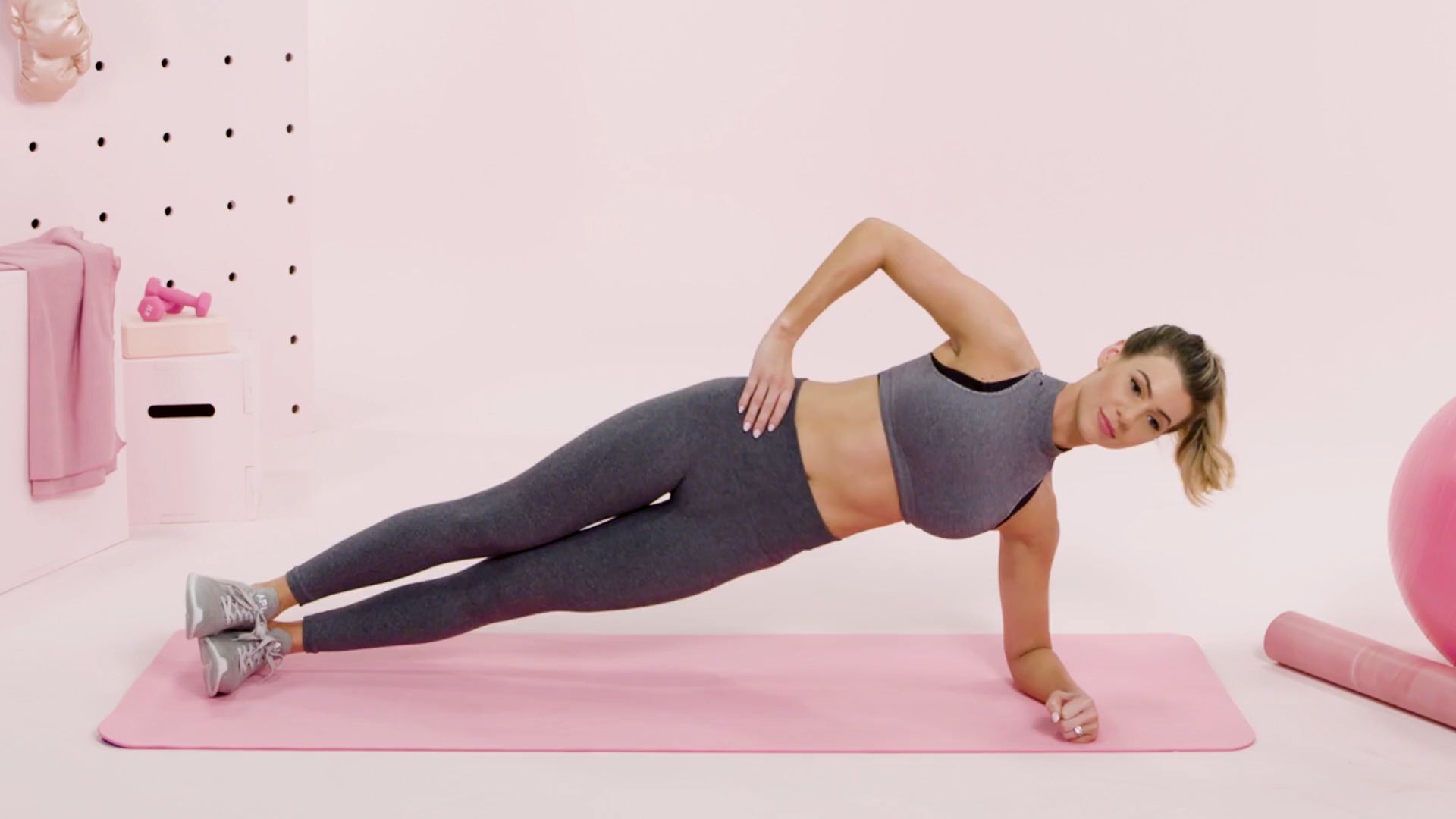
To maximize the benefits of the side plank and perform it safely, maintaining proper form is essential. Here’s how to do it correctly:
- Start in a Side-Lying Position: Begin by lying on your side with your legs extended straight and stacked on top of each other. You can either keep your feet stacked or slightly staggered for better stability.
- Position Your Elbow Under Your Shoulder: Place your elbow directly beneath your shoulder. This alignment ensures that the weight is evenly distributed through your forearm and prevents strain on the shoulder joint. Your forearm should be perpendicular to your body.
- Lift Your Hips: Push through your forearm and lift your hips off the ground, keeping your body in a straight line from your head to your feet. Engage your core, glutes, and obliques to maintain the position and avoid letting your hips sag or your back arch.
- Neutral Neck Position: Keep your neck in a neutral position by looking straight ahead or down at the floor. Avoid craning your neck to prevent strain.
- Hold the Position: Maintain this position for the duration of the hold (30 seconds to 1 minute). Focus on breathing steadily and engaging your core muscles to keep your body stable.
Cool Down (1 Minute)
Hamstring Stretch
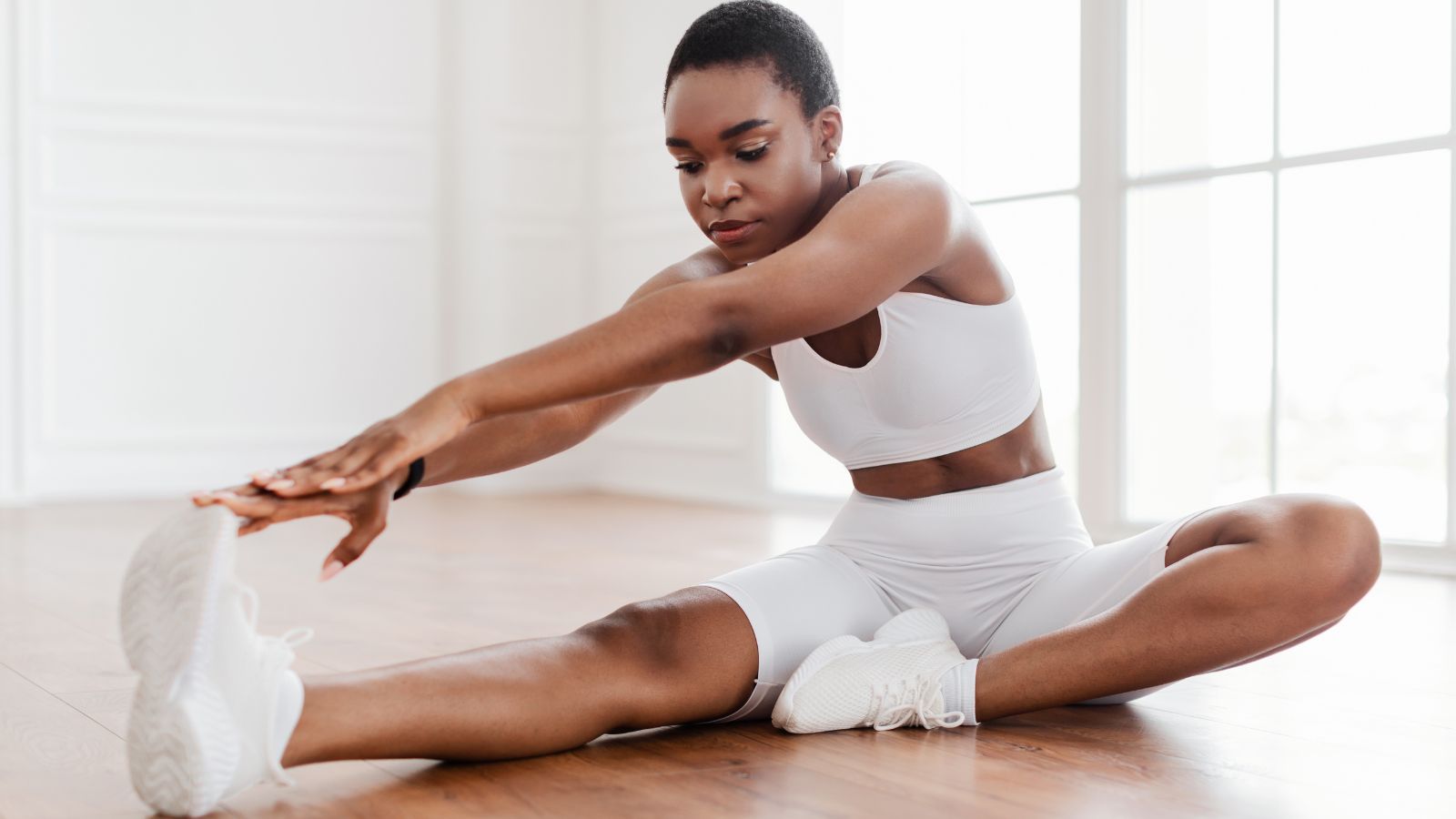
- How to do it: Stand tall and extend one leg straight in front of you. Reach forward with both hands toward the toes of the extended leg, keeping your back straight. Hold for 15-20 seconds, then switch sides.
- Why it helps: This stretch targets the hamstrings, which can become tight after exercises like squats, lunges, and mountain climbers.
- How to do it: Stand on one leg and grab the ankle of the opposite leg, pulling your heel toward your glutes. Keep your knees together and hold the stretch for 15-20 seconds, then switch legs.
- Why it helps: This stretch targets the quadriceps, which can become tight after lunges and high knees.
Consistency is key when it comes to fitness. By committing to regular workouts like this one, you’ll see improvements in strength, endurance, and overall health over time. As you get fitter, you can start advancing by raising the intensity or duration; the more you perform this exercise, the stronger and more confident you will get. Recall that fitness is a journey; every exercise, no matter how brief, advances your objectives.

